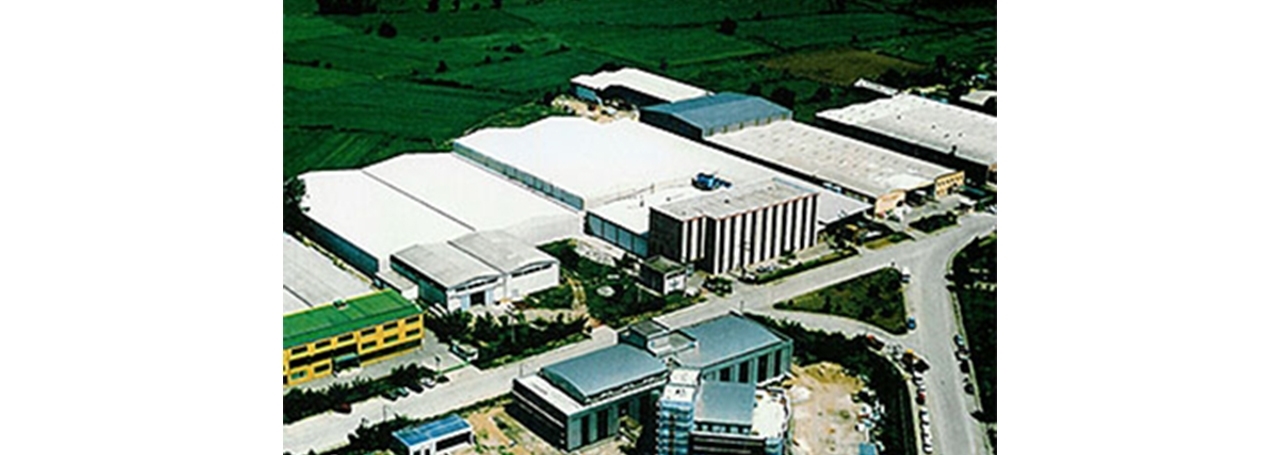
İSKO, a subsidiary of SANKO Holding, is one of the world's leading companies in its field with an annual denim production capacity of 200 million meters in a total area of 320.000 sqm at the İnegöl Organized Industrial Zone. Innovative, variable and sophisticated products are the core business line of İSKO, including its technological patents in addition to the classical denim fabric production.
According to the production approach of İSKO, it is essential to preserve ecological balances and use environmentally-friendly products and processes. Recently, it has added recyclable products and organic products to the collections. This approach has been ‘‘certified’’ with the OEKO TEX 100 Standard, GOTS, OEP, ISO 9001 and ISO 9002 certificates.
EEC renovated the existing fire detection system at the İSKO Dokuma İşletmeleri, a subsidiary of Sanko Holding, with a unique solution by taking the existing conditions and risks of the factory into consideration. Within the scope of the renovation implemented in 2014, the Edwards EST3 Interactive Fire Detection Systems and the VESDA Sensitive Aspirating Smoke Detection Systems were chosen.
By analyzing the risk factors and demands of the textile sector accurately, EEC renovated the fire detection system of the İSKO Dokuma İşletmeleri by using an unprecedented method.
The VESDA Fire Detection System, which had been previously installed at the İSKO Dokuma İşletmeleri, was unable to ensure the necessary protection in the shortest expected period of time due to the reverse airflow in the factory. The reverse airflow system, which is installed in textile factories to prevent the cotton and yarn particles from flying and accumulating around, made it difficult to detect fire because it also prevented smoke from rising to the detector in case of a fire. The circulation was provided with the air that was blown from top with strong pressure being quickly absorbed downwards by the room-size fans through the 60-meter ducts.
At this point, a new solution was generated by integrating the VESDA detectors on the fans that absorb the ambient air downwards, by creating parallelism with the reverse air flow. When this method was tested, success was achieved by detecting the fire in the short time of 12 seconds.
EEC engineers achieved a new success by generating a unique solution against the risk of fire, which is the biggest threat in the textile sector.